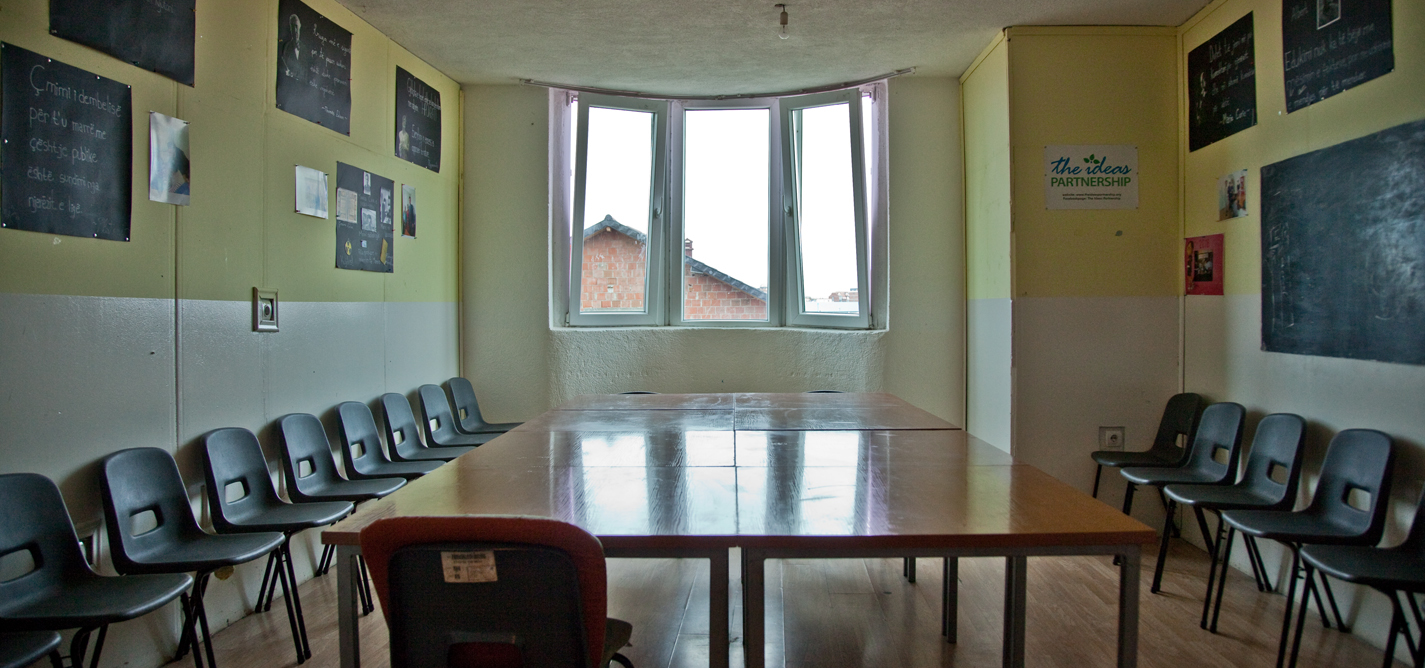
Held back and excluded
Kosovo’s Roma, Ashkali and Egyptians continue to be left behind in education.
|2016.10.11
|
“After the war, I was doing manual work from 7 in the morning until midnight. When you work like that, there is no space to learn."
Strategic failures
“We have been in Kosovo for many centuries and we are integrated but we need to be included in the social life. Inclusion starts at school."
Muhamet Arifi
Dafina Halili
Dafina Halili is a senior journalist at K2.0, covering mainly human rights and social justice issues. Dafina has a master’s degree in diversity and the media from the University of Westminster in London, U.K..
This story was originally written in English.